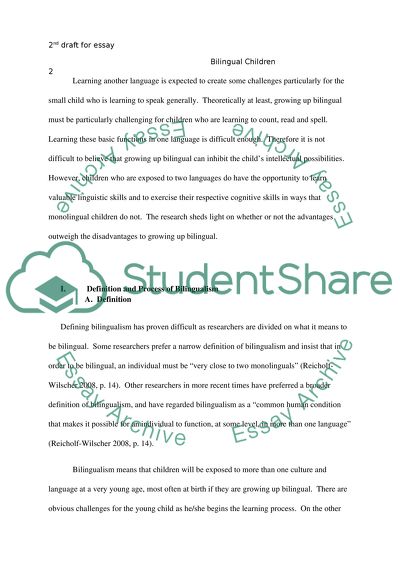Cite this document
(“Bilingualism Essay Example | Topics and Well Written Essays - 3000 words”, n.d.)
Retrieved from https://studentshare.org/environmental-studies/1406432-bilingualism
Retrieved from https://studentshare.org/environmental-studies/1406432-bilingualism
(Bilingualism Essay Example | Topics and Well Written Essays - 3000 Words)
https://studentshare.org/environmental-studies/1406432-bilingualism.
https://studentshare.org/environmental-studies/1406432-bilingualism.
“Bilingualism Essay Example | Topics and Well Written Essays - 3000 Words”, n.d. https://studentshare.org/environmental-studies/1406432-bilingualism.


